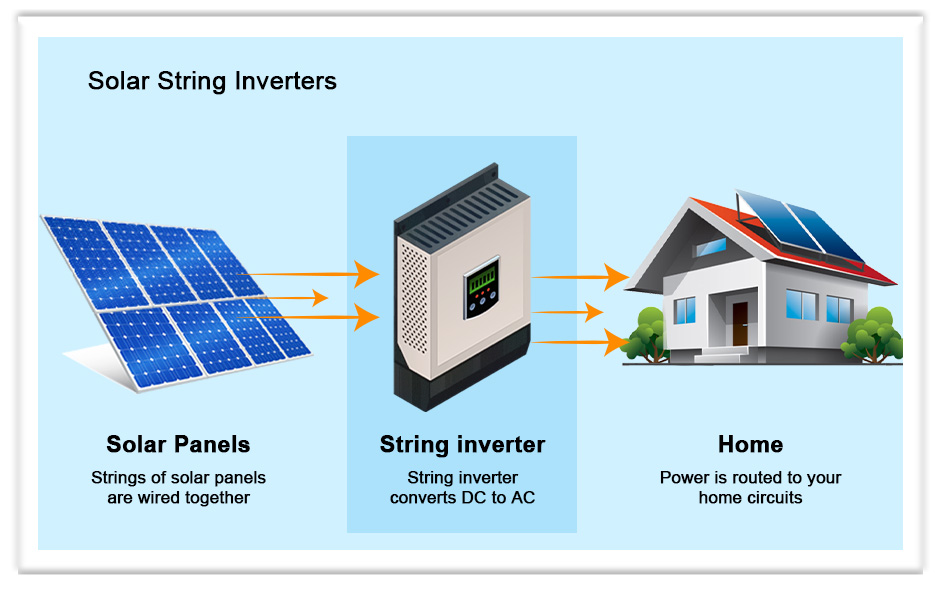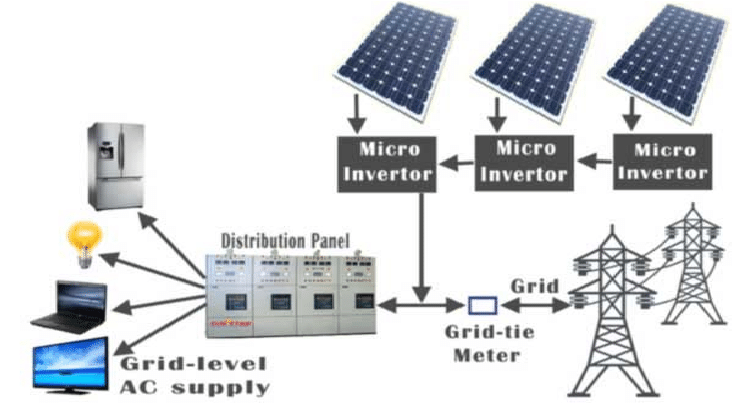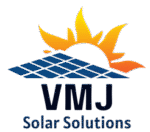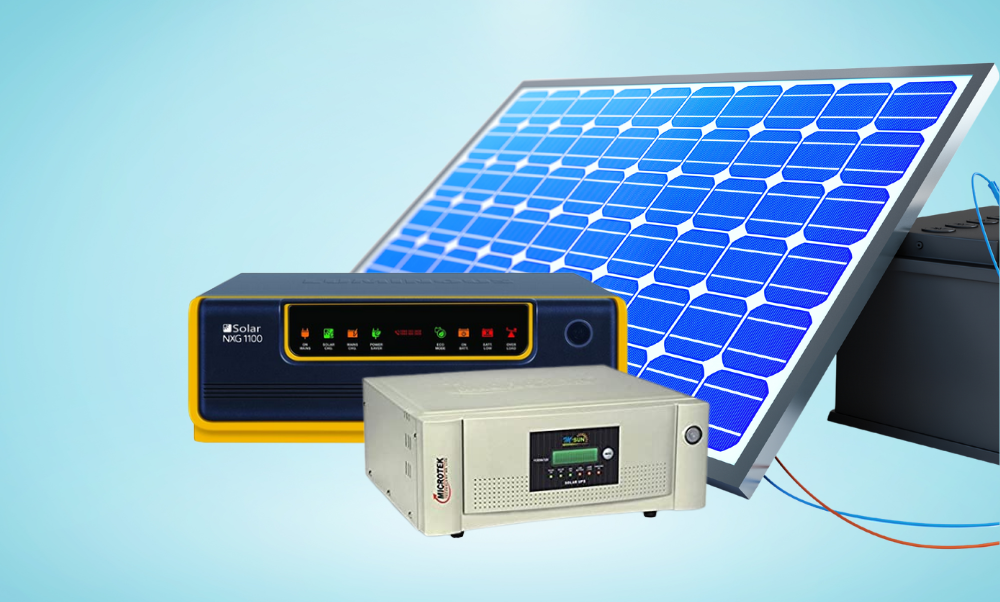Why It Matters in 2025
Your inverter directly impacts energy harvest, maintenance costs, and system flexibility. As inverter warranties and technology improve, choosing the right type can boost ROI and performance over decades.
How They Work
String Inverters
- One centralized box converts DC to AC for a series (“string”) of panels.
- Efficient and simple, but if one panel underperforms (e.g. shading), the entire string’s output drops (“Christmas‑light effect”).
- Typically comes with 8–12 years warranty

Microinverters
- Installed behind each panel, converting DC to AC individually.
- Shading or panel defects don’t affect neighboring units.
- Enable modular expansion—add panels without changing the inverter
- Standard warranty is 25 years, and early failure rates are lower—about 1 in 800 vs string inverters’ 1 in 350 in first two years

Pros & Cons Overview
| Feature | String Inverters | Microinverters |
|---|---|---|
| Upfront Cost | Lowest cost per watt | Highest—often 20–30% more |
| Performance | Lower in shading | 5–25% more yield, especially under partial shade |
| Monitoring | System-level only | Panel-level diagnostics |
| Warranty & Lifespan | 8–12 years | 25 years, more reliable over time |
| Expansion Flexibility | Limited—adding panels often requires inverter upgrade | Simple panel-by-panel addition without system overhaul |
| Reliability / Safety | High-voltage strings; single failure impacts all | Each panel independent; IP-rated devices; safer in heat and storms |
When To Pick What
Choose String Inverters if:
- Your roof is uniform, unshaded, and panels face the same direction.
- You want the lowest upfront cost.
- You want minimal equipment and simpler installs.
Choose Microinverters if:
- There’s partial shading during the day.
- Your roof has multiple orientations or angles.
- You plan to expand your system incrementally over time.
- You want high reliability and panel-level diagnostics.
ROI Considerations for 2025
String inverter systems typically cost less upfront, but may produce 4–8% less energy than micro setups in real-world shading or uneven panel conditions
Microinverters may cost more initially but offer longer warranties, easier upgrades, and up to 25% energy gain in some shaded scenarios, which improves ROI over the lifetime
FAQs
1: Which inverter is best for shaded conditions?
Microinverters outperform string inverters because they optimize each panel independently, shading affects only the affected panels.
2: Are microinverters worth the extra investment?
Yes, especially for complex roofs or future expansions. Their longer warranty and better performance under variable conditions can offset higher upfront costs.
3: How long do string and microinverters last?
String inverters typically last 8–12 years, while microinverters are designed for 25 years of reliable operation.
4: Can I expand my system later with string inverters?
Usually you’ll need a new inverter or second unit. Microinverter setups support seamless expansion by adding more panels with their own inverters.
5: Is system monitoring possible at the panel level?
Only with microinverters – they provide detailed monitoring for each panel. String inverters show aggregate output only.
Final Thoughts
For budget-conscious installations on clean, unshaded rooftops, a string inverter is a solid and cost-effective choice.
For future-proofing, flexibility, or shaded setups, microinverters offer better performance, longer warranties, and easier expansion.
The right inverter choice influences energy yield, reliability, and long-term solar savings. Choose based on roof complexity, budget, and future expansion plans.

